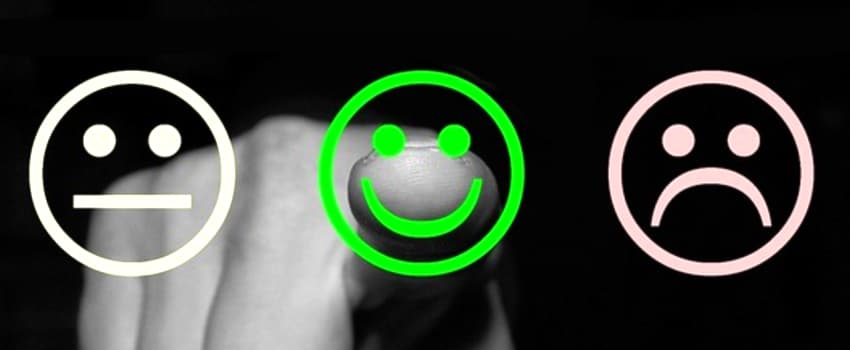
7 Simple Tips to Improve Customer Service on the Help Desk
Sometimes people ask me for advice on how to improve their help desk operations and customer service, expecting me to say that they need to invest in a new IT service management (ITSM) tool. But for me, that’s not the case at all (and I bet my SysAid sales colleagues will kill me for saying this), because really what they need is to get the basics right, tool-less, at least for improving customer service!
Great customer service is not just about efficiency and the speed of resolution. It’s not always about first contact resolution. It’s not even about having the smartest and most knowledgeable service desk agents waiting for the next end-user call. And of course, having fit-for-purpose help desk or ITSM technology can help but even the best technology can’t help if there are still people and process issues.
So what do I advise? It might surprise you that lil’ ol’ Joe is loved up on customer-centricity.
My 7 Tips for Improving Customer Service
- Don’t treat end users as asset, or ticket, numbers. Remember that you’re dealing with human beings – they have expectations, they have feelings, and they will expect to be treated as a person. Treat them as you yourself would wish to be treated when calling a B2C help desk. If you are feeling brave, why not consider them to be customers (even though they aren’t personally paying for their IT services or support).
- Remember that end users are more important than your help desk scripts. If your help desk has a helpful script library or knowledge base, remember that they’re only guidelines. Not every incident is going to fit a script, and forcing an end user and their incident into an unsuitable script isn’t going to help you or them. Again, understand that you’re dealing with a human being, plus remember that not all incidents have been experienced and resolved before. Also, don’t forget that it’s okay to say that you don’t know how to solve a particular issue; be honest and your end user will respect you a lot more for it (provided you eventually get them assistance of course).
- Listen! Don’t just take in the end user’s words either; also note the tone of voice that the end user uses with you. Do they sound frustrated? Do they seem relaxed about the issue? Do they sound confused or worried? To you (and the IT department), the end user’s issue may be of low priority, but to them it could feel like the end of the world. In short, make sure that you always understand how your end user feels about the situation they are discussing with you, such that you can speak to them in the most appropriate manner.
- Say sorry rather than being defensive. Regardless of whether or not an issue was your fault, apologize on behalf of IT as a whole for any inconvenience caused by the IT issue. It doesn’t make a blind bit of difference to the end user as to who caused it. However, what they don’t want is a defensive help desk agent to pass the buck, especially by intimating that it might be a “user error.” Ultimately the end user just wants someone to take pseudo-responsibility – “it’s me not you” – for the issue they are facing and to help them to fix it.
- Collect regular end-user feedback. Encourage and welcome suggestions on how IT support can be improved. Also encourage positive feedback on excellent service given. In terms of improvement-based feedback, make sure to act on it, otherwise what’s the point? Plus raised and unaddressed end-user issues can cause even more customer dissatisfaction/perception issues, so even if the improvement is not fully possible, respond to the feedback to explain what can be done.
- Communicate beyond the help desk calls. Be sure to market the sterling work of your help desk, and the wider IT organization, to the rest of the business. For example, let everyone know about your latest initiatives to improve IT support – especially when improvements act on end-user feedback. This self-promotion is “Help Desk 101” for the most-successful help desks. On the flip side, you also must be sure to give advanced notification of upcoming issues/downtime, and the reasons for it.
- Get out of from behind the service desk. Get out into the business – some call it a business or customer safari – to see how end users are using the IT services your IT organization provides. Take the time to understand IT from their perspective and to truly understand how IT operations and support impact their jobs and the business. You never know what you will learn, but I imagine that there will be instances where you can explain how your end users can get more from the IT they are using. You will also have light-bulb moments, as you see how the real-world use of technology is responsible for numerous IT issues and even problems.
So that’s my seven tips, what would you suggest people do to improve customer service on the IT help desk?






